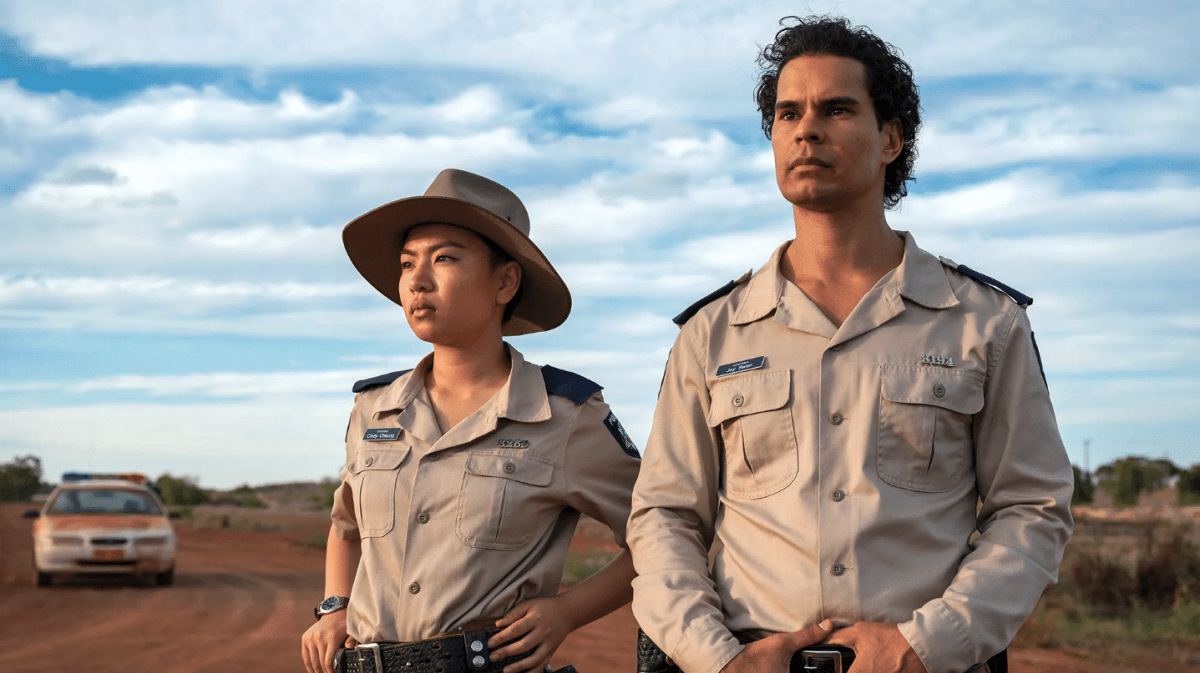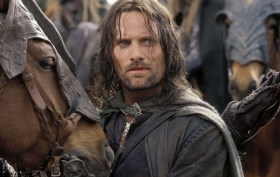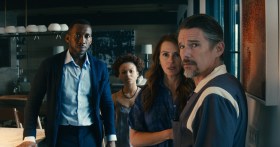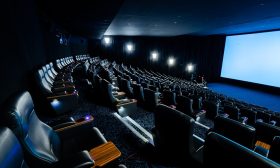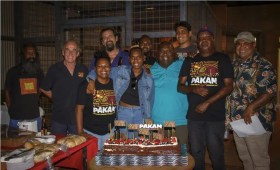By Whitney Monaghan, Lecturer in Communications and Media Studies at Monash University.
In April, Screen Australia launched Seeing Ourselves 2: Diversity, Equity and Inclusion in Australian TV, a much-awaited follow up to the landmark 2016 report on the diversity of Australian television. The original Seeing Ourselves report found that most Australians did not see themselves on television.
The follow-up comes at a significant time in Australian cultural and political history, published just two months after the release of the federal government’s National Cultural Policy, Revive: A place for every story, a story for every place.
Revive reminds us that storytelling is about communicating shared identities, a sense of belonging, and community. We should all see ourselves reflected in Australian screen storytelling.
So, do we see ourselves in Australian screen storytelling?
Well, not just yet, but Seeing Ourselves 2 does paint a picture of an industry slowly embracing change. Over the past five years, Australian TV has seen significant increases in First Nations, non-European, disabled, and LGBTIQ+ main characters.
Unfortunately, most of these communities remain under-represented within the broader televisual landscape.
Read: Equal the Contest: charting local women’s footy and the call for gender equity

Diversity is increasing, but there’s still work to do
The number of First Nations main characters has significantly increased from 4.8% to 7.2%. This reflects many decades of work by First Nations people in the industry, media organisations, and screen agencies.
However, First Nations characters were highly concentrated in a small number of programs, including Cleverman, Black Comedy, Mystery Road and Wentworth, and three-quarters of programs in the study had no First Nations main characters.
While it’s positive to see more First Nations characters on screen, we must continually question whether the industry as a whole is becoming more inclusive.
When compared with the previous study, characters from non-European backgrounds (such as Indian, Chinese, or Middle Eastern) more than doubled – increasing from 6.9% to 16%. However, this is still below population benchmarks.
Alarmingly, almost half of the programs in the study (45%) had no non-European characters.
Overwhelmingly, when it comes to cultural diversity, the story of Seeing Ourselves 2 is that white characters continue to dominate Australian television, with 71% of the main characters in the study coming from Anglo-Celtic backgrounds (such as English, Irish, Scottish, or Welsh).
Read: Aunty Donna’s Coffee Café review: locally sourced sketches with robust comical flavour
When we look further into the individual programs in the study, a little less than a quarter (23%) had only one culturally-diverse character, while a further quarter (25%) had none.

One of the other major issues identified in the report is the underrepresentation of disabled Australians. Approximately one in six Australians have disabilities, yet only 6.6% of main characters were identified as disabled.
While there’s some improvement here, most Australian television programs (71%) do not feature any disabled main characters.
In this case, marginalisation on screen is directly related to structural problems in the industry.
Researchers from the University of Melbourne – Dr Radha O’Meara, Dr Laura Dunstan, Anna Debinski, and Catherine Ryan – have recently published a report on disability and screen work in Australia, finding that disabled people in the screen industry routinely experience prejudice and are often employed in ‘more precarious, lower-paid, and less powerful positions’ than non-disabled workers.
Read: SBS’ Latecomers smashes stereotypes of dating with a disability
A positive step
When looking at gender diversity, 99.4% of characters analysed in Seeing Ourselves 2 were cisgender, and 0.6% of characters were trans and/or gender-diverse – this included five trans men, eight trans women, and five non-binary characters.
It’s incredibly positive to see that almost all of the trans or non-binary main characters on Australian television are played by actors who publicly identify as trans or non-binary.
Some progress has also been made in LGBTIQ+ representation more broadly, which accounts for people with diverse sexual orientations and/or gender identities. The number of LGBTIQ+ main characters has increased from 4.5% in 2016 to 7.4%.
However, this is still an underrepresentation, and the majority of programs continue to have no LGBTIQ+ characters (69%).
More research is required on this front to better-understand the complexities of gender identity and sexual orientation on screen, examine the intersection of these aspects of identity, and further interrogate the mystery of why 28% of the main characters in the study had ‘unknown’ sexual orientation.
Read: Trans representation on screen: the best of 2022

The future of diversity on TV
Across the board, Seeing Ourselves 2 tells us that Australian television dramas and comedies continue to focus on white, cisgender, heterosexual characters aged 18-44, who are not disabled, and live in capital cities.
Some progress has been made over the past five years, leading to a more diverse industry today. However, there’s a long way to go if we want our television industry to reflect an authentic image of contemporary Australia.
We need more data, more regularly. With the screen industries changing so rapidly, it’s not enough to reflect on these issues every five years. We need more frequent reporting to understand how the shifting contours of our screen industry – commercial and public service, linear and digital, scripted and unscripted, short form and long form – are shaping contemporary Australian stories.
Seeing Ourselves 2 tells us how many diverse characters there are on Australian television, but it doesn’t paint a full picture of why diversity matters.
It doesn’t tell us who those characters are, what kinds of stories they’re being told within, or who’s making decisions about them.
It also doesn’t tell us what those stories mean to people, or how easy they are to find in television schedules or in the seemingly endless libraries of video streaming platforms.
We must continue to reflect on these questions, asking who is represented and under what conditions, who is participating, and what participation actually means.
While the industry, technology, and business of television may be changing, it continues to hold significant power to shape and reflect our social and cultural values. Australia is incredibly diverse, our screen storytelling should be, too.
This article was first published on Monash Lens. Read the original article.
